History
The railway was built as an original feature of the private model village in 1929, under the direction of world-famous model railway company Bassett-Lowke. Mr Callingham was an avid model railway fan, but realised that the best way to get all of the stock and complexity he required, Gauge 1 was what he needed. Gauge 1 trains are 1:32 scale, rather than the rest of the village, which is at 1:12 and 1:15 scale. Thankfully, the difference isn’t too obvious. If the trains had been built at 1:12 scale, they wouldn’t be far off a gauge of 5 inches; large enough to ride on!
Early years
The railway was originally built with entirely Bassett-Lowke parts and stock, operated for Roland’s friends and visitors. Once opened to the public, the line required several staff to run a session and so it was only operated on summer Sundays. There were signalmen stationed strategically around the circuit (in the 1930s it was just the two main loops, the branchline being a later addition). Money was collected from donations and was given to the Railway Benevolent Institution. The RBI provides support to railway staff (active and retired) and their dependents.
Video: Views of Bekonscot in the 1930s including a ride on the model railway.
The celebrated Henry Greenly, famous miniature railway engineer and designer, visited Bekonscot many times. Indeed it was at Bekonscot that he trialled some of his coupling ideas, which were later implemented on the 15” gauge Romney Hythe & Dymchurch Railway in Kent. Like Bekonscot, it started in 1929 and shares a common ethos of fun combined with a philanthropic creator.
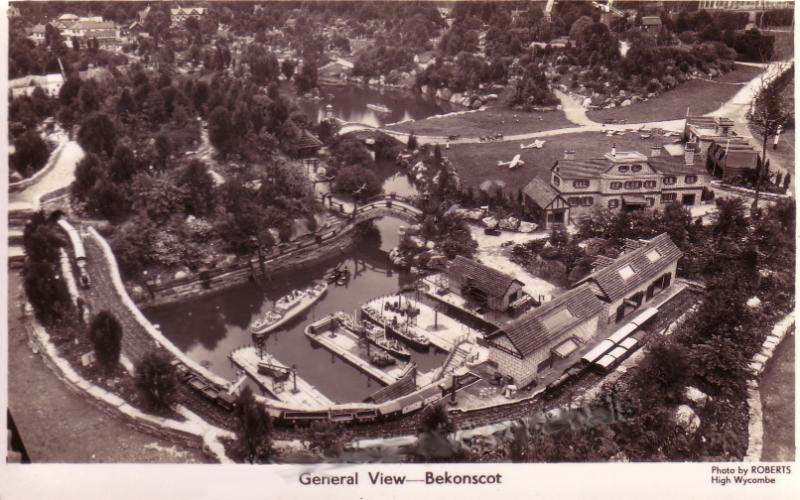
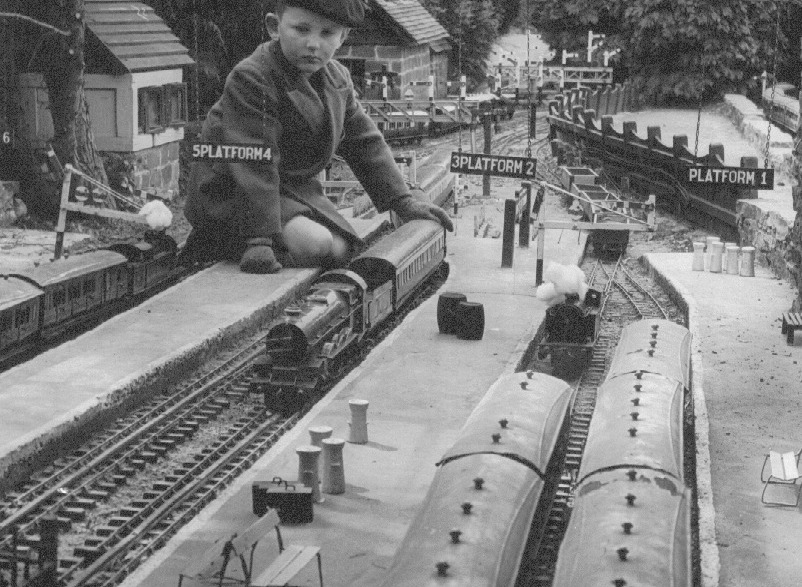
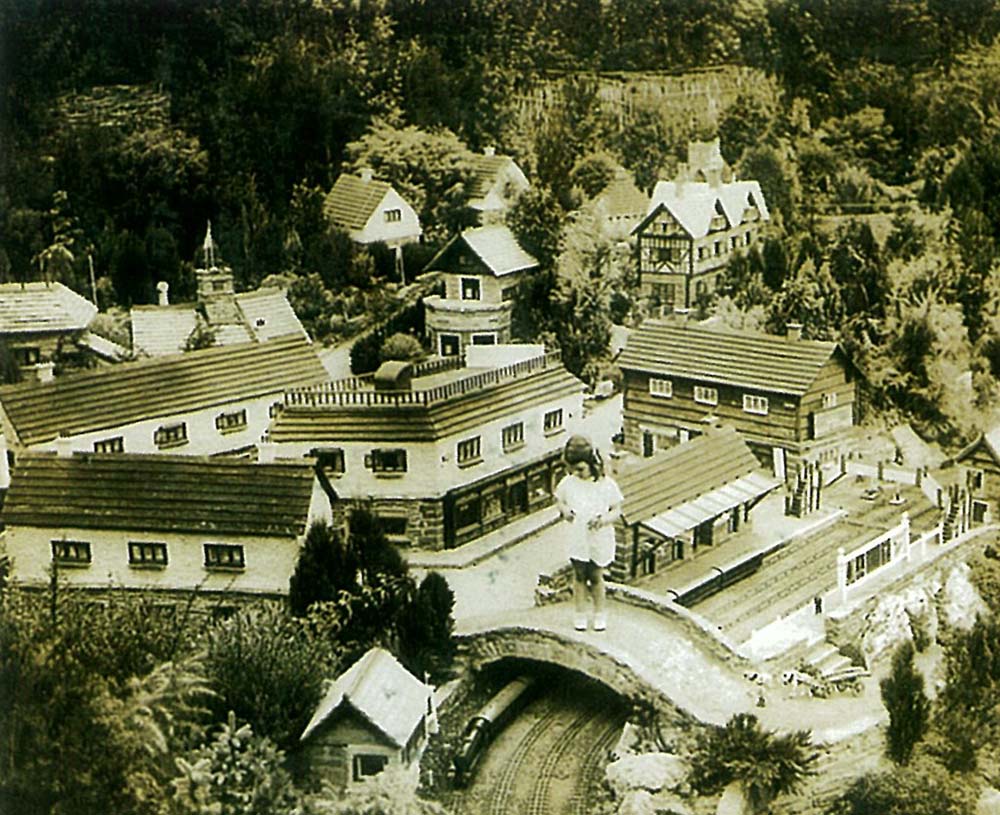
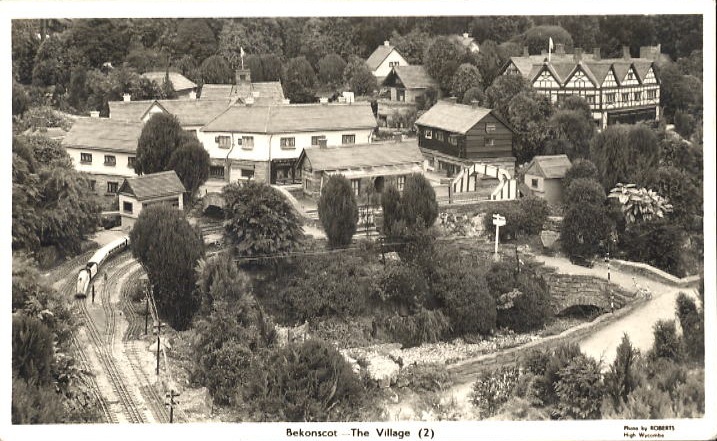
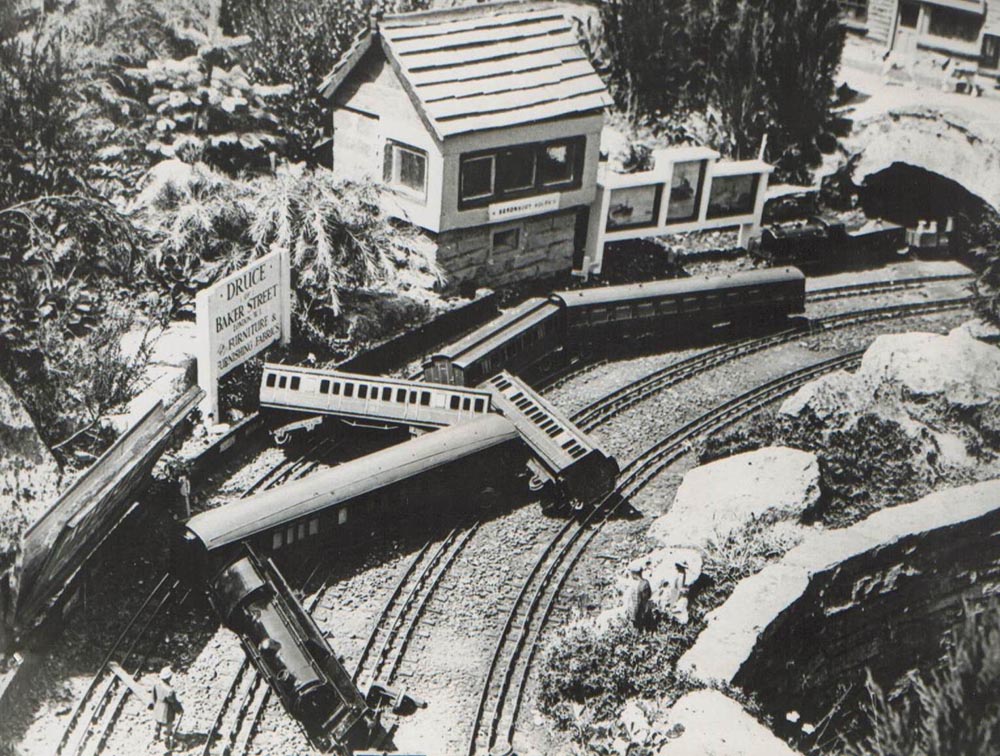
Later developments
Throughout the 20th century, the network grew with the additions of branches, goods yards and stock; but like British Railways, was consolidated in the 1950s and 1960s. At one time Maryloo took the form of a terminus with some bypass roads; it is now in the form of a country junction with buildings based on High Wycombe. The BMR has always evolved as different engineers have made their own mark on what is perhaps the greatest train set in Britain – a true miniature heritage railway!
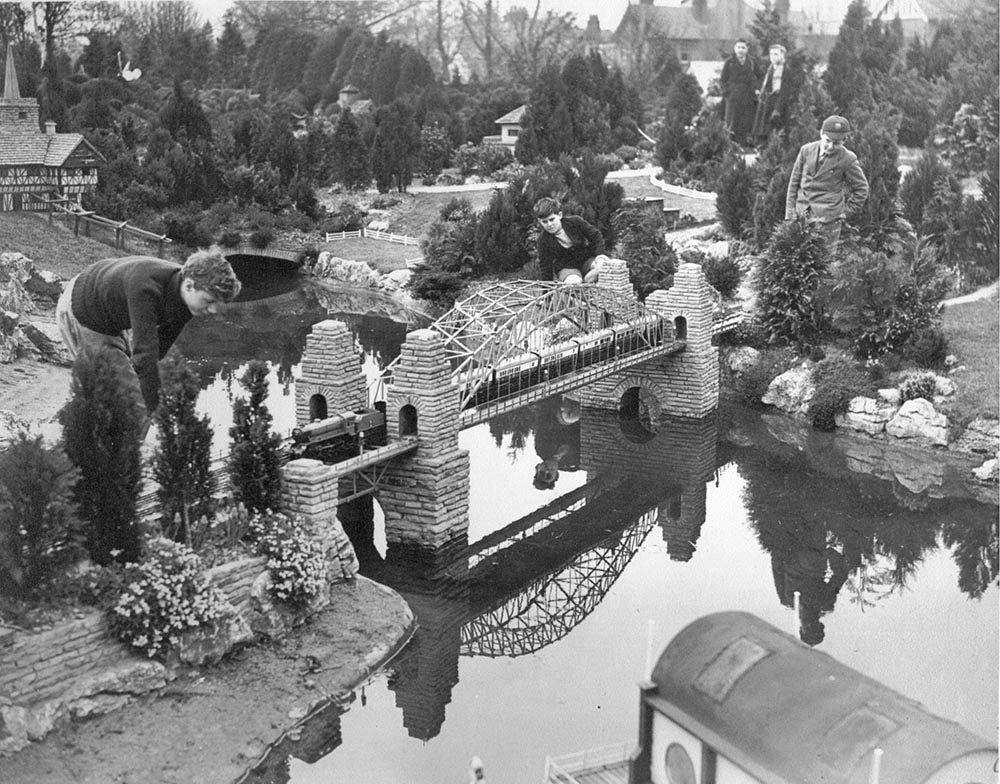
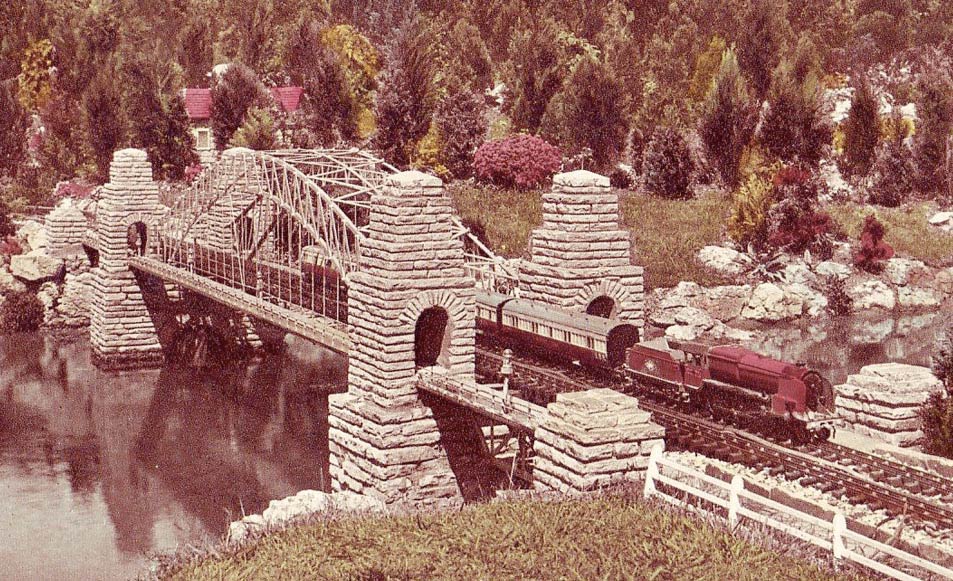
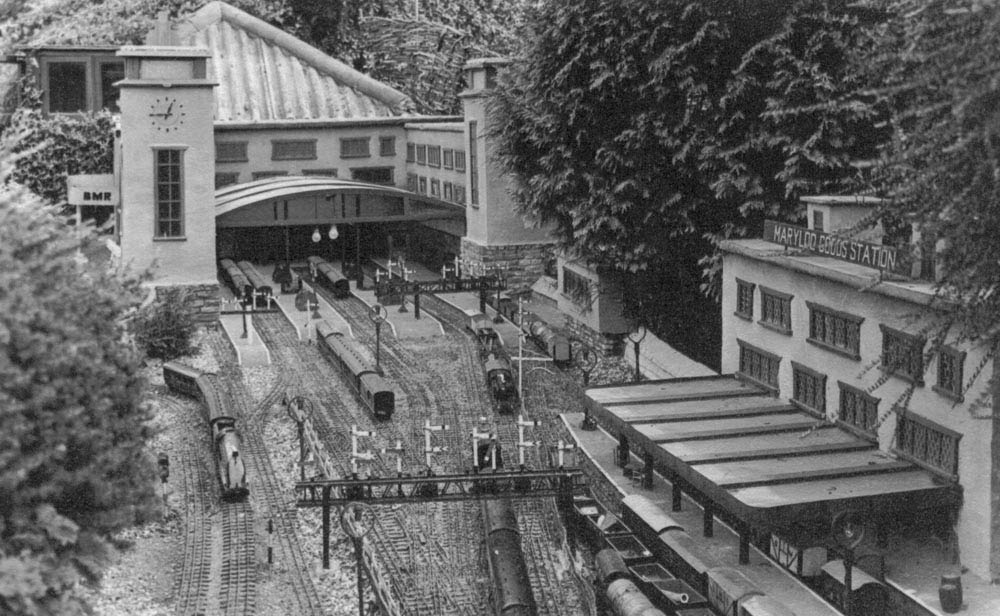
The Evenlode branch was built in the 1940s, and was originally double track right across from the Signal Box to the Sydney Harbour Bridge. Here the tracks split; one went through the Manor House tunnel, whilst the other skirted the lake, river (now canal) and then met up on the site of the present coal mine. The coal mine was at this time a canal basin itself. The ‘Riverside’ branch was removed in the 1960s as its low level meant that it was prone to flooding.
Video: 1949 colour video of Bekonscot Model Railway John Legard, the expert film-maker who later went on to join British Transport Films, visited in 1949. He filmed the model village in full colour with its visitors and huge model railway. Lots of lovely shots of the model steam and electric trains. Thanks must go to John and Beulah Video for allowing us to show the video. We’ve also included a minute of Beaconsfield Old Town on camera as it was in 1949 — just at the end of the footage.
The model railway had always depicted ‘contemporary’ practice, as did the rest of the village. Therefore until the change to 2-rail pickup, it used modern style trains. There were high speed trains, express diesels, modern coaches and long Freightliner trains; mixed in with some of the steam stock from earlier years. In the post-war years, money had been tight and indeed up to the 1970s it was not unusual for a loco to be entirely dismantled, rebuilt with spare parts and scrap material from old electrical appliances and then re-appear within a week.
Late 20th Century
With the transition from three-rail pickup to two-rail pickup in 1993, the railway become more manageable and efficient. Worn-out locomotives and stock were replaced, yet some of the earlier stock still runs, using new chassis. At this time the ‘modern image’ stock was retired, as it was showing its age and Bekonscot was being ‘back-dated’ at this period to the 1930s in the image of Mr Callingham’s original village.
Video: Some of the new trains being tested out using the 2-rail pickups before the whole system was completed; along with some of the older diesel locomotives and basic rolling stock.
Maryloo Signal Box was built in the 1990s to replace the old control cabin, which had been there since 1929. Water leaked in, plants grew up inside and the stock was getting rusty. After this was built, along with an upgraded Relay Room, the Westinghouse ‘N’ frame was installed and more complex computer controls were added, meaning that the Signalmen can spend more time assisting the visitors and maintaining the railway service, rather than constantly signalling the trains through.
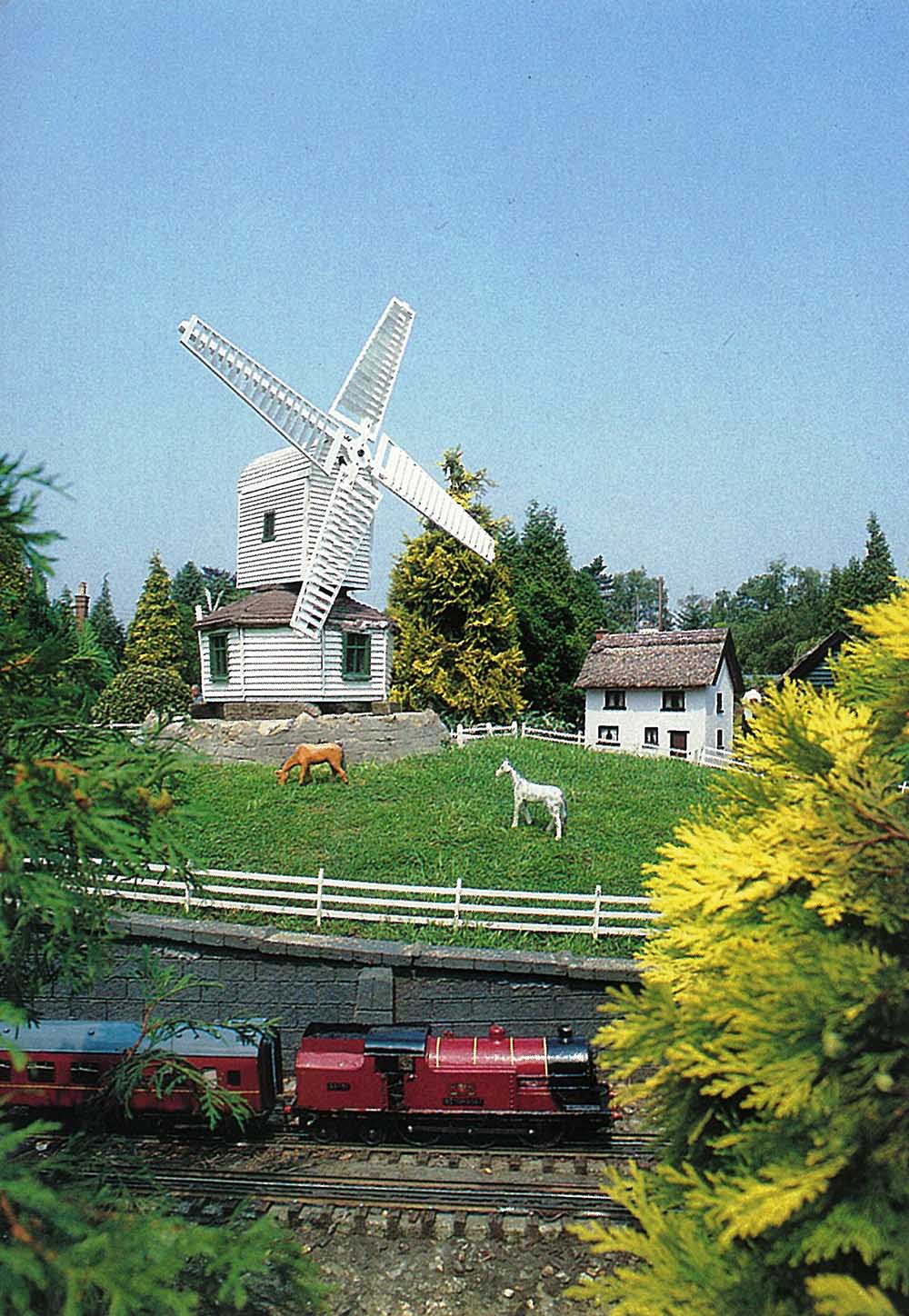
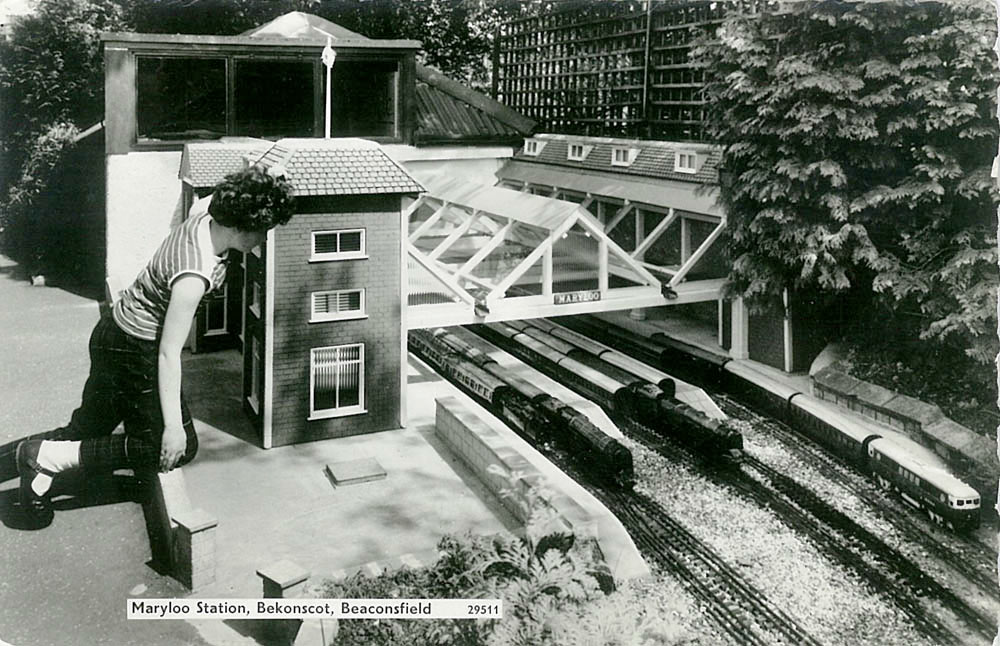
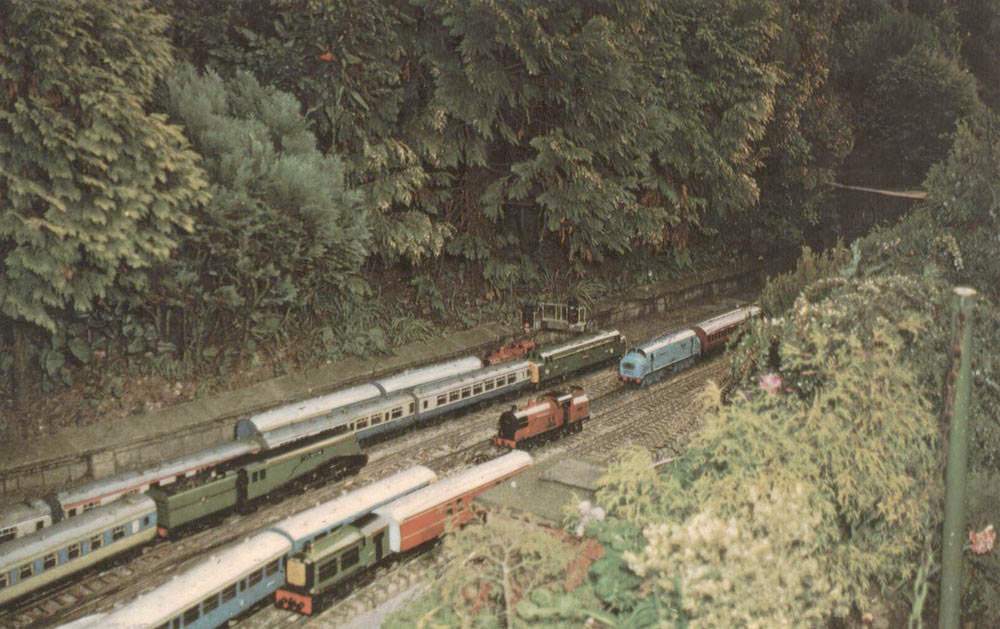
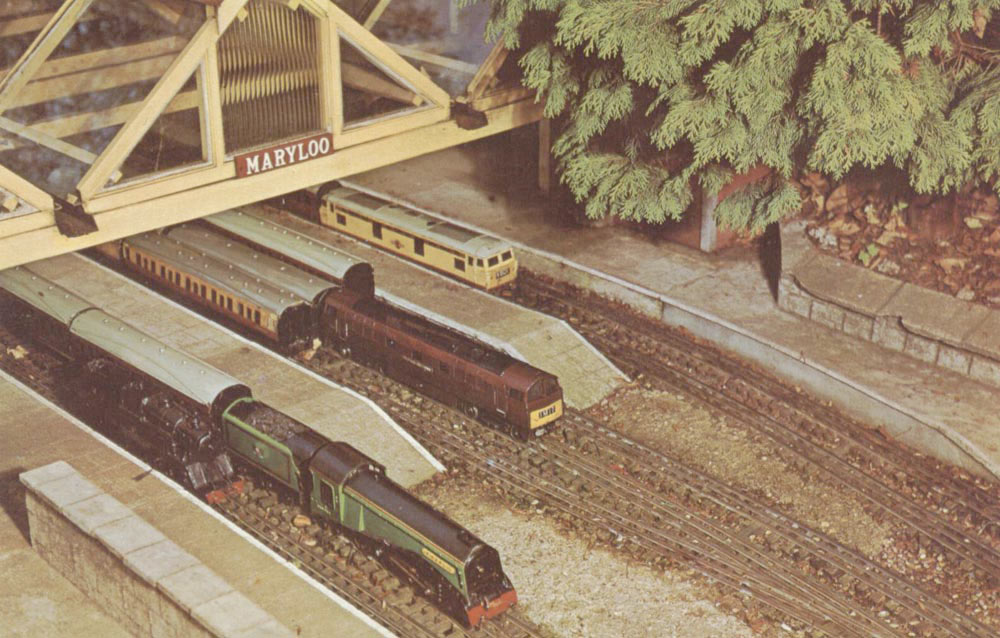
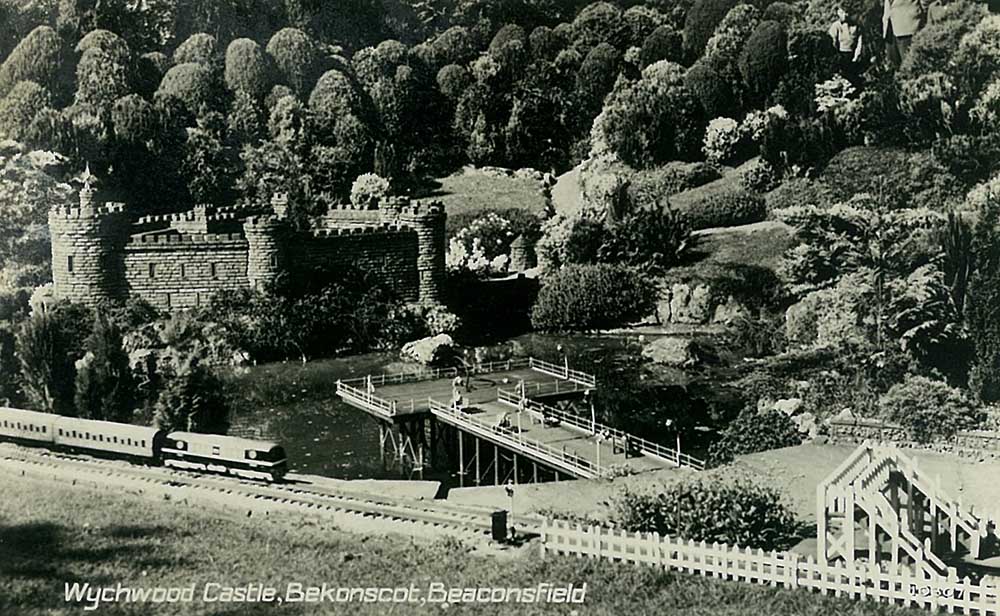
The BMR has always had a close link with the ‘real’ railway; not only did it generate many funds for ex-Railwaymen, but many junior staff have gone on to have very successful careers as drivers, guards, engineers, administrative and support staff.
We’re also very pleased to hear from anyone who has photos or memories of the railway and its stock in past years. Please do get in touch.